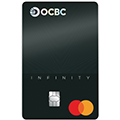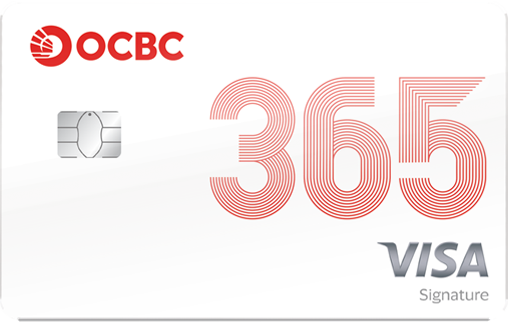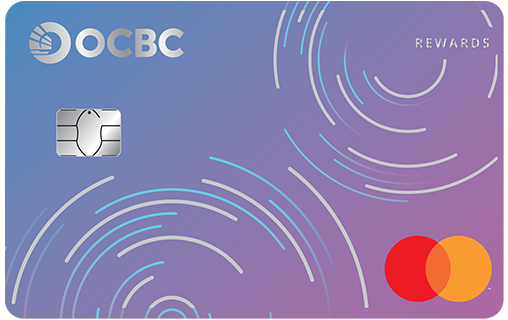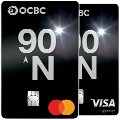Accounts
Cards
Loans
Insurance
Investments
Advisory
More

Apply for an OCBC MyOwn Account and Debit Card for your child by 31 December 2025 for a chance to win this incredible escape. Plus, enjoy an upsized 3% a year for 3 months on the first S$5,000.
T&Cs apply. Insured up to S$100k by SDIC.





Score exclusive merchandise when you apply, save or redeem your OCBC$, 90°N or VOYAGE miles with us.
T&Cs apply. While stocks last.
Conveniently and securely exchange AUD, CAD, CHFNEW, CNH, EUR, GBP, HKD, JPY, NZD and USD, 24/7 via OCBC Digital, for your overseas transfer, travel payments, online spends, investments and more.
Reduce your taxable income by the same amount contributed to your SRS Account, with a maximum yearly contribution of S$15,300 for Singaporeans and Singapore PRs, and S$35,700 for foreigners.
The OCBC SeniorCare Programme empowers you through four key pillars: Health, Wealth, Lifestyle and Literacy.
Achieve your goals with proper financial planning.
Get data and insights into the financial wellness of Singaporeans.
Get rewarded for what matters: your salary, your lifestyle, and your smart savings habits.

From financial planning tools, investment options and insurance, our comprehensive array of solutions have been built to get you ahead in your every goal and ambition.
Fancy shopping at a bank branch or even enjoying a sushi meal there? At OCBC Wisma Atria, you can do all these and more – visit us to experience it firsthand!

With our suite of travel products and services, spend less effort managing your travel and more time enjoying life's journeys.
You are leaving the OCBC Bank website and about to enter a third party website that OCBC Bank has no control over and is not responsible for. Before you proceed to use the third party website, please review the terms of use and privacy policy of their website. OCBC Bank’s Conditions of Access and Privacy and Security Policies do not apply at third party websites.